To get your foot in the door for your market and then grow within that market, you need a farm brand that sticks.
What is a brand?
A lot of new business owners and farmers think a brand is the name of the farm, the logo, and a couple of business cards. A true brand impacts every single interaction that your farm has, from a website visit to a conversation with a local chef.
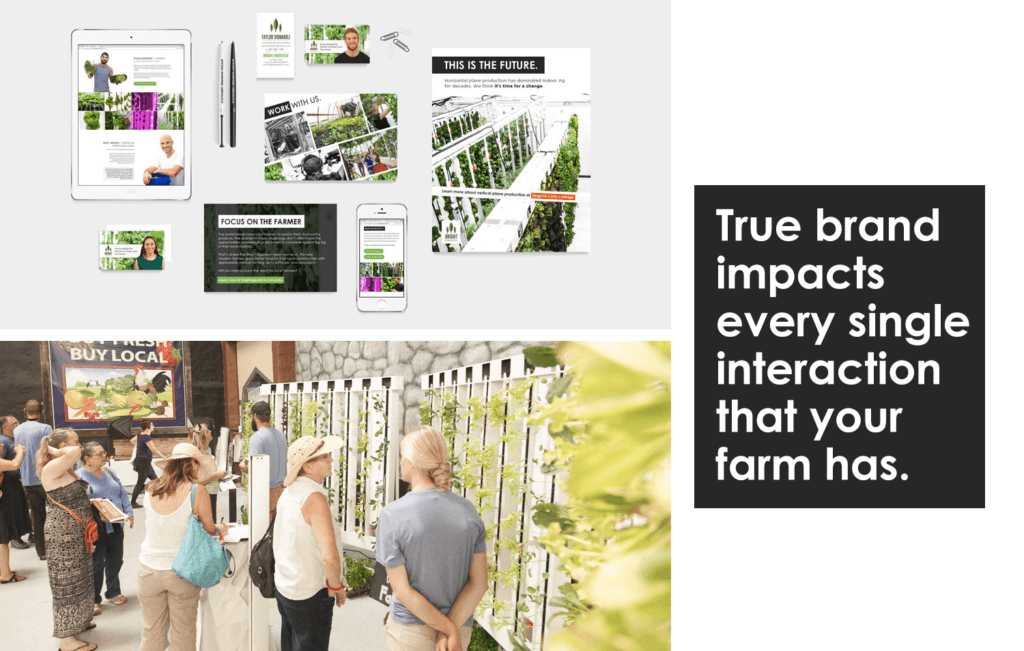
Chris Michael, the first Chief Marketing Officer of Bright Agrotech, explains the spirit of a brand and the effect that it can have on a business:
“The brand you’re creating is a symbol of your promise to the industry and your potential customers. The promise you’re making has to be communicated in every single interaction you have with a potential customer.”

Why does your team need to believe in your farm brand? Because they are the people who will be articulating it. They’re on the “front lines” emailing clients, harvesting and caring for your crops, and selling to people at the market.
Brand is important, but often neglected
Unfortunately, the common reaction when farmers hear that they’re expected to spend time and money on a brand is that it’s a frivolous expenditure. It isn’t a definable need like fertilizers, accounting services, and farm tools.
What farmers forget is that people assign values, attitudes, and images to your farm whether you like it or not. Smart farmers take control of their brand from the get-go so that they can use it to get traction in their markets.
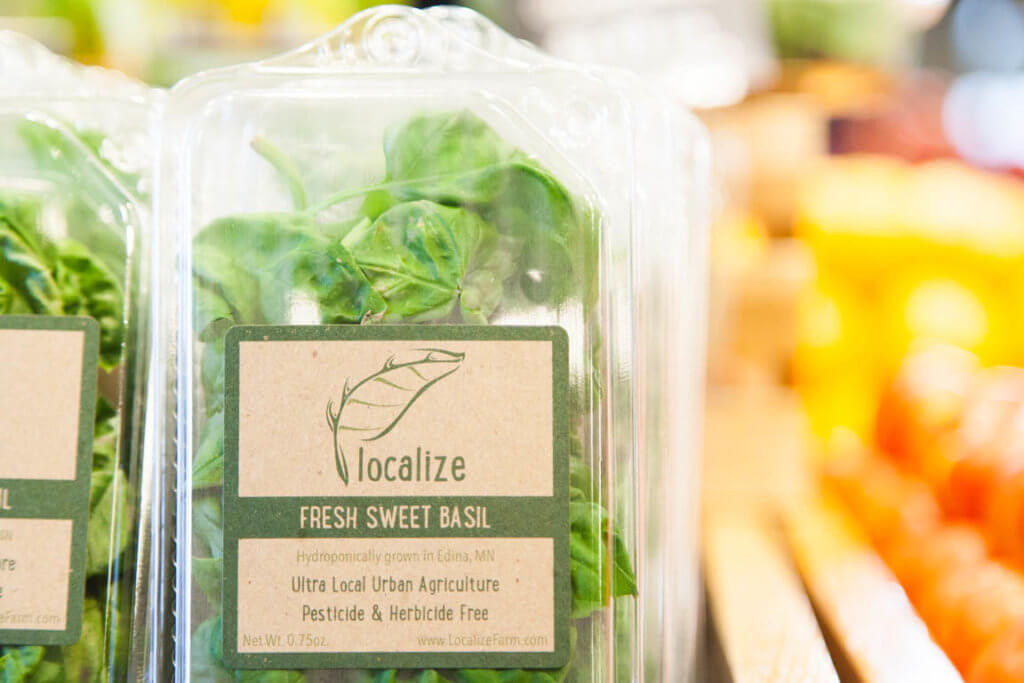
If neglected, however, your brand can do more harm than good.
Imagine that a young man knocks on your door one day. You open it. He’s dressed in sweats and a hoodie and doesn’t meet your eyes when you speak. He asks you to buy something, but before the words leave his mouth, you’ve written him off.
Whether you mean to or not, you make judgments about the quality of a product based on the seriousness with which it is represented. Your customers are going to judge your product and your farm’s vision by how you present it.
Brand role in sales and marketing
Another fact that speaks to the importance of brand is the fact that it’s the core of the marketing strategy which attracts your customers.
If you don’t have a brand, your entire marketing strategy is crippled.
From a sales perspective, a brand is equally as important. Says Elesif McDonald, VP of Sales and Customer Empowerment:
“Brand is really important to sales. If you don’t have a clear brand, your revenue numbers suffer. You’re not going to be able to justify higher prices if people don’t understand what your brand represents.”
In other words: through a clear farm brand, you outline the values of your produce. Fresh, clean, sustainable, personal… whatever those values are, you define them. This allows you to make arguments like, “My produce is worth a higher price because of ____”. Without a brand, you have no evidence of your product’s quality.

Graphic artist and resident brand wizard Reese Plante explains how this presence (or lack of presence) of a brand plays out on a website.
“Every time a customer comes into contact with you, you need to convince them to stick around and buy from you. A disorganized, ugly website will come across as unprofessional and ‘cheap.’ Every time someone comes into contact with you or your brand, you want them to have a consistent experience and feel like your brand is professional and reliable to buy from.”
What makes a brand great? Communication & consistency.
Communication
One of the challenges responsible for so many neglected brands across the world is that farmers don’t know where to start. They think they need to be skilled in building websites, taking photos, or writing to have a great brand.
All of those things help, but what you really need to do to build a great brand is to care deeply about your farm vision and then communicate that in everything you do and make.
If you put the time and thought into building a clear, clean, functional website, people will be able to tell. When your farmers market signs have words big enough to read and your displays are free from clutter, people notice. When your labeling is informational and professional, people notice.
Consistency
Another mark of a great brand is consistency.
- If your pamphlets have different color schemes, fonts, or logos than your signage, it throws people off.
- If your signs are positive and inspiring, but your attitude when you talk to customers is negative, it creates tension between who you say you are how you act.
These may seem like simple ideas, but they are incredibly easy to forget!
Start here: mission & goals
If you’re floundering on building a farm brand, start with your business plan. You should have a vision statement and written goals for your farm. Expand on that vision by describing how you want people to see your farm. What do you want their first reaction to be?
Once you’ve got a clear idea of how you want people to react when they make contact with your farm, translate that into how you represent yourself.

Services like 99Designs offer online graphic design for affordable pricing.
If you have trouble with the visual arts, words, and/or technical design, think about hiring a graphic designer to give you a hand.
You can usually get a graphic designer to help you for $25/hour. Remember that you get what you pay for.
To make a good match with a graphic designer, look at the designer’s portfolio and find one who has a style similar to what you are looking for.
There’s always room for improvement
Remember that your brand isn’t set in stone. You want to be consistent, but your eye and understanding will improve over time. For instance, some of the traits of our original branding were:
- 30-second banjo-heavy intros in our videos
- A 4-color logo with words, leaves, and a sun (a lot for one logo)
- Fonts that range from cartoony to overly official
Here’s an example of one of our first manuals/pamphlets:
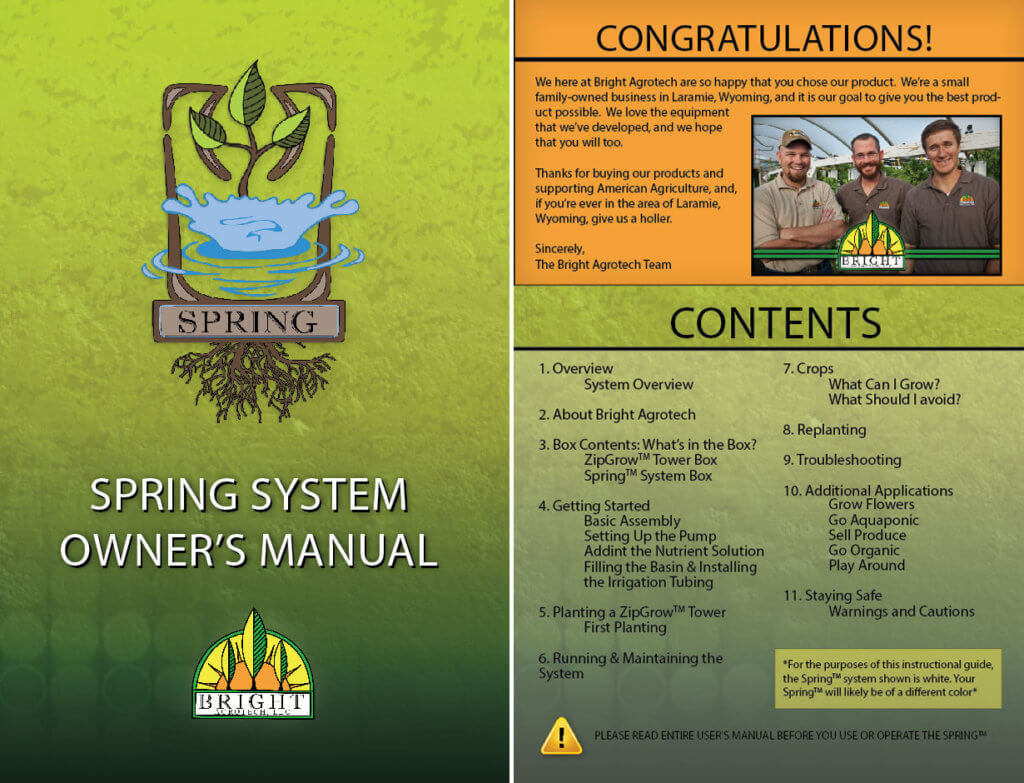
Gradients, textured backgrounds, busy logos, and at least nine different colors made this pamphlet a little hard to get through. Over the years our brand has evolved and improved.
The pamphlet was functional, but we cringe a little looking back. Since hiring our incredible graphic designer, Reese, things have improved. Now our brand has a much more controlled set of colors, consistent font use, and a simple, clean feel:
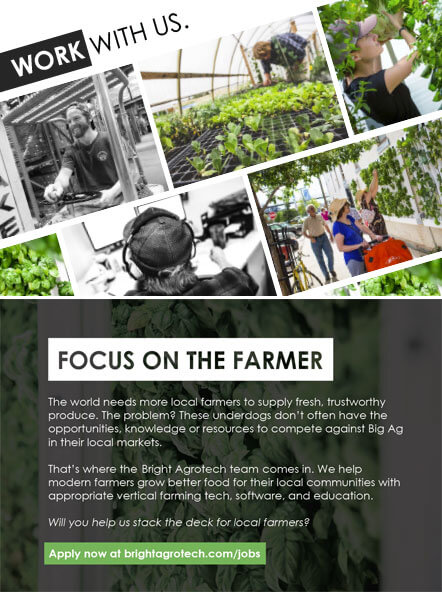
Examples to follow
We’ve seen some great branding strategies over the years. Here are a few of our favorites:
Fable: From Farm to Table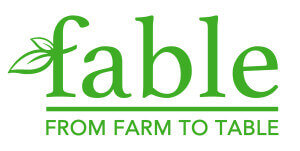
Tom Deacon runs a dynamic farm in the Hudson Valley, New York. His branding is great (check out his Instagram for some great photos). One of our favorite parts of the Fable brand is their microgreen packaging.
The label is easy to read, not too busy and communicates a simple sustainable approach to farming.
Picked Fresh Farms
Picked Fresh Farms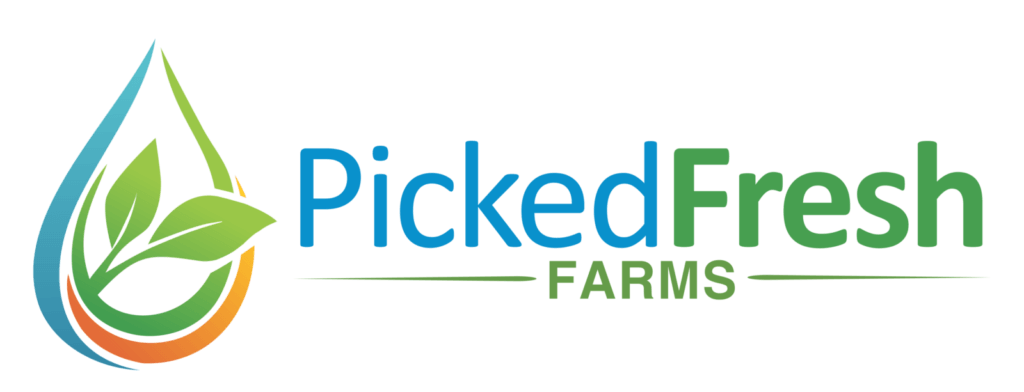 is a young farm in Scottsdale, Arizona. The farm’s website is an example of good functionality. The viewer knows who the farmer is quickly and they know what to do on the page—clear buttons give the readers options to order food or sign up for the newsletter.
is a young farm in Scottsdale, Arizona. The farm’s website is an example of good functionality. The viewer knows who the farmer is quickly and they know what to do on the page—clear buttons give the readers options to order food or sign up for the newsletter.
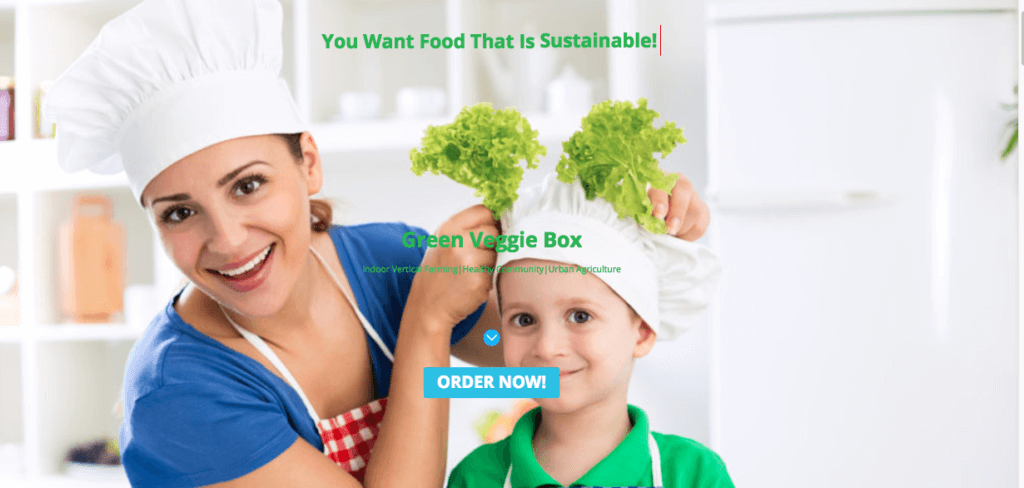
Blue Roots Farm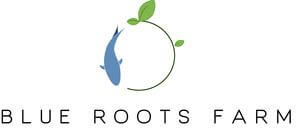
Blue Roots Farm is an aquaponic farm in the Cowichan Valley, Victoria, British Columbia. Their simple logo, personable photos, and clean design allow people to start building a relationship with the farm before even buying their produce.
Find your own examples
Remember that no creation is truly original. The concepts, colors, values, and attitudes that create your brand already exist. Find and follow brand role models to help yourself focus and brainstorm ideas.
Did we miss anything?
Leave comments on your branding tips or examples in the comments below.



thanks for fantastic inputs on building a farm brand, Inputs in this Article are practical & goes long way in helping to build a solid brand .